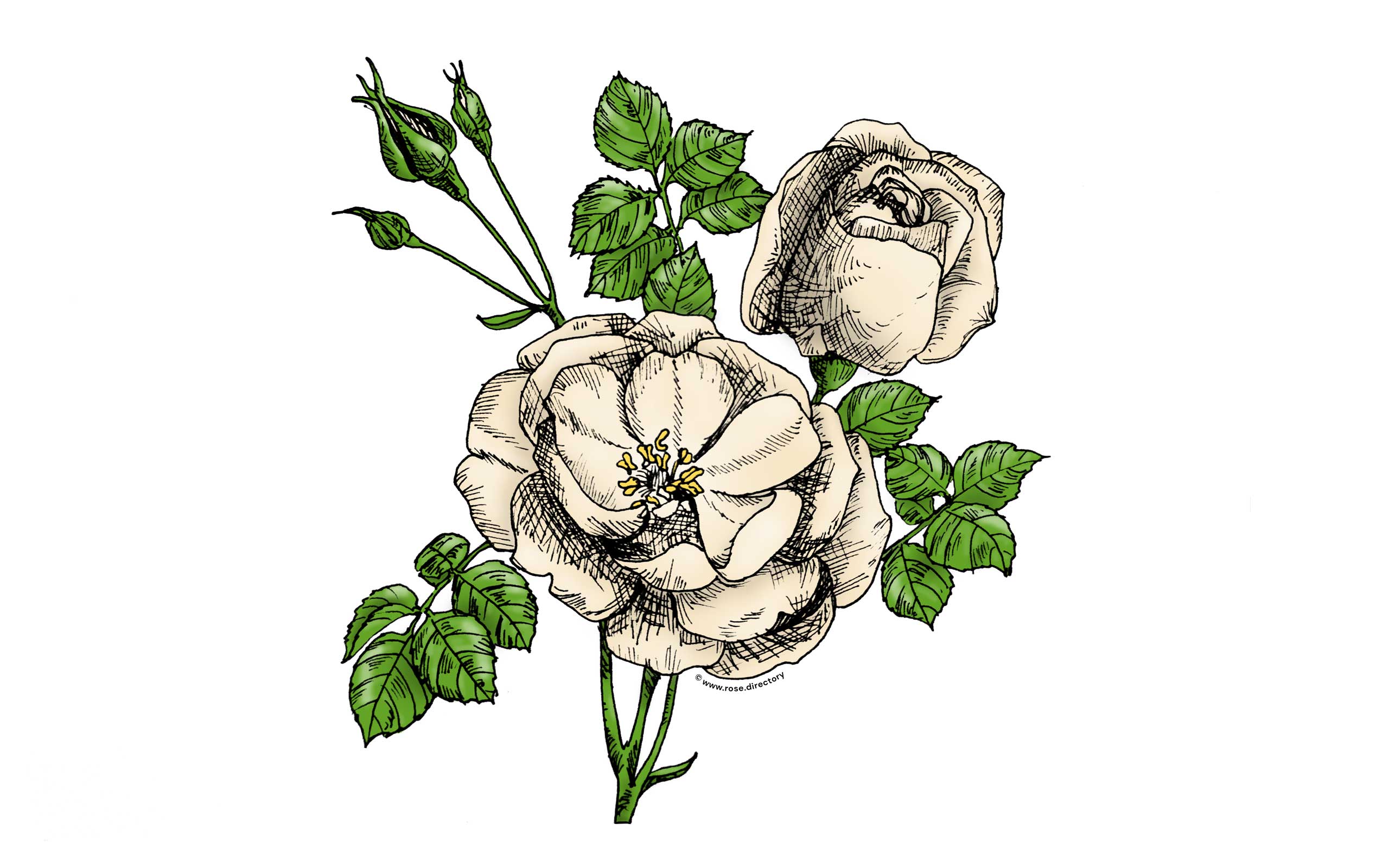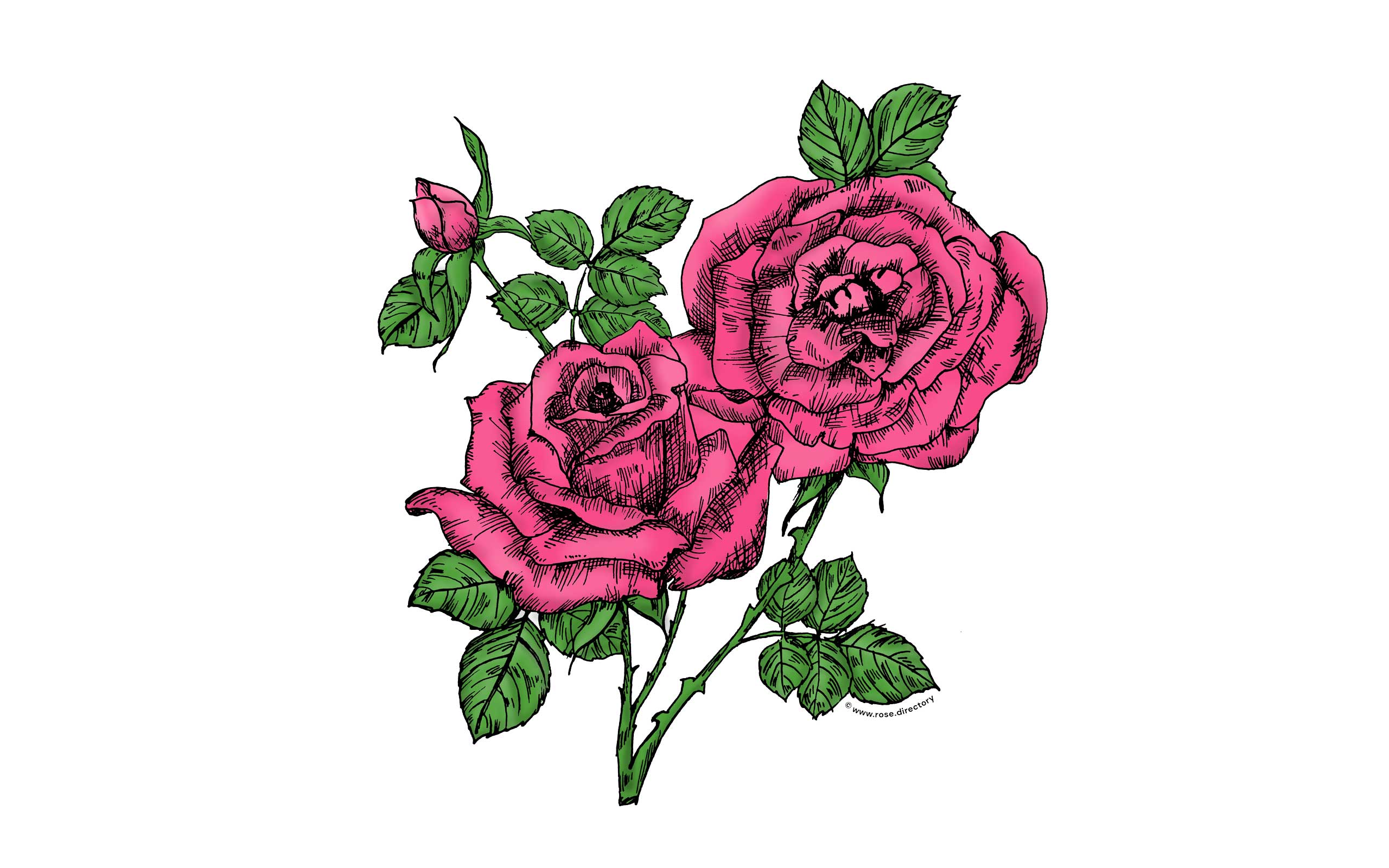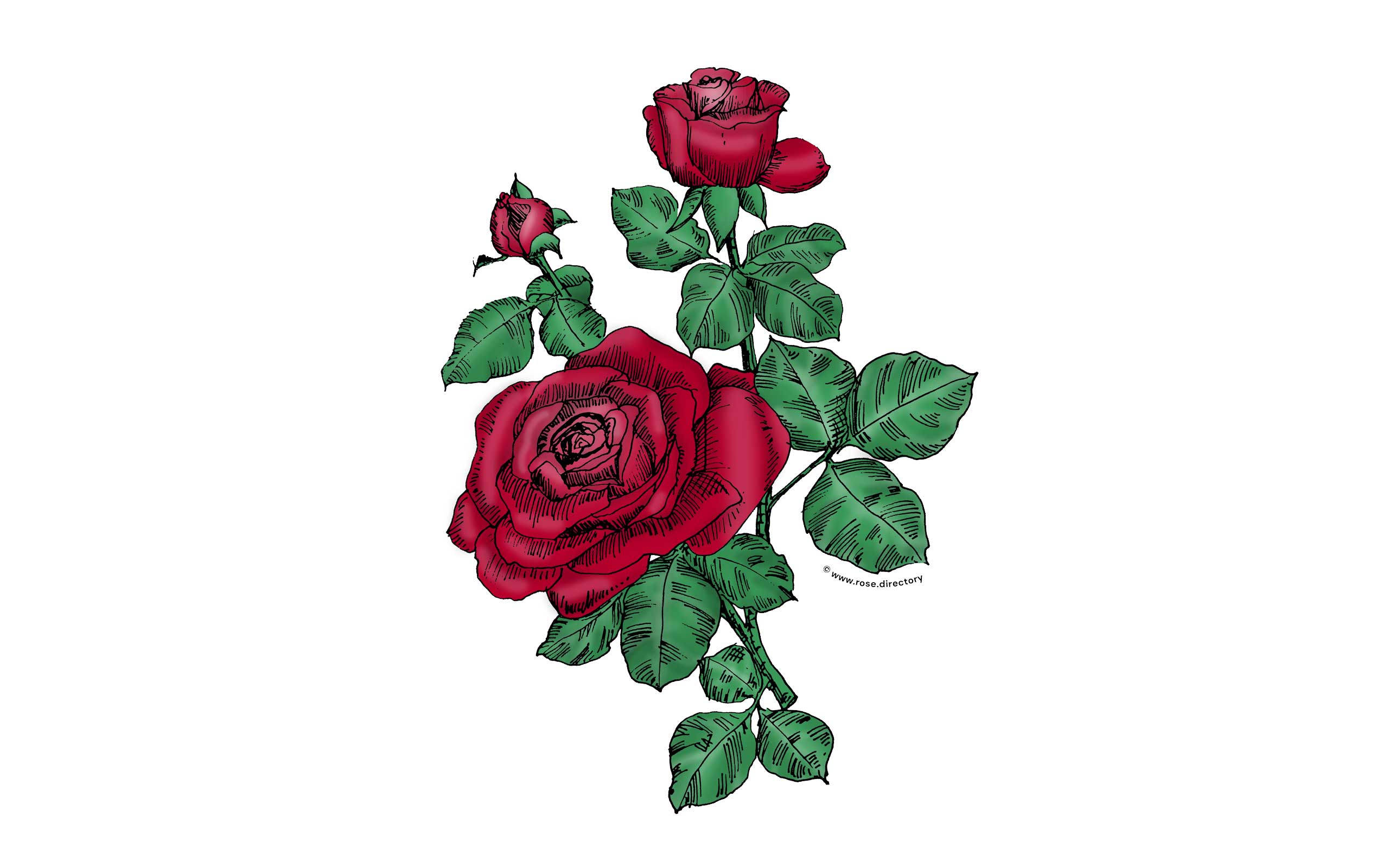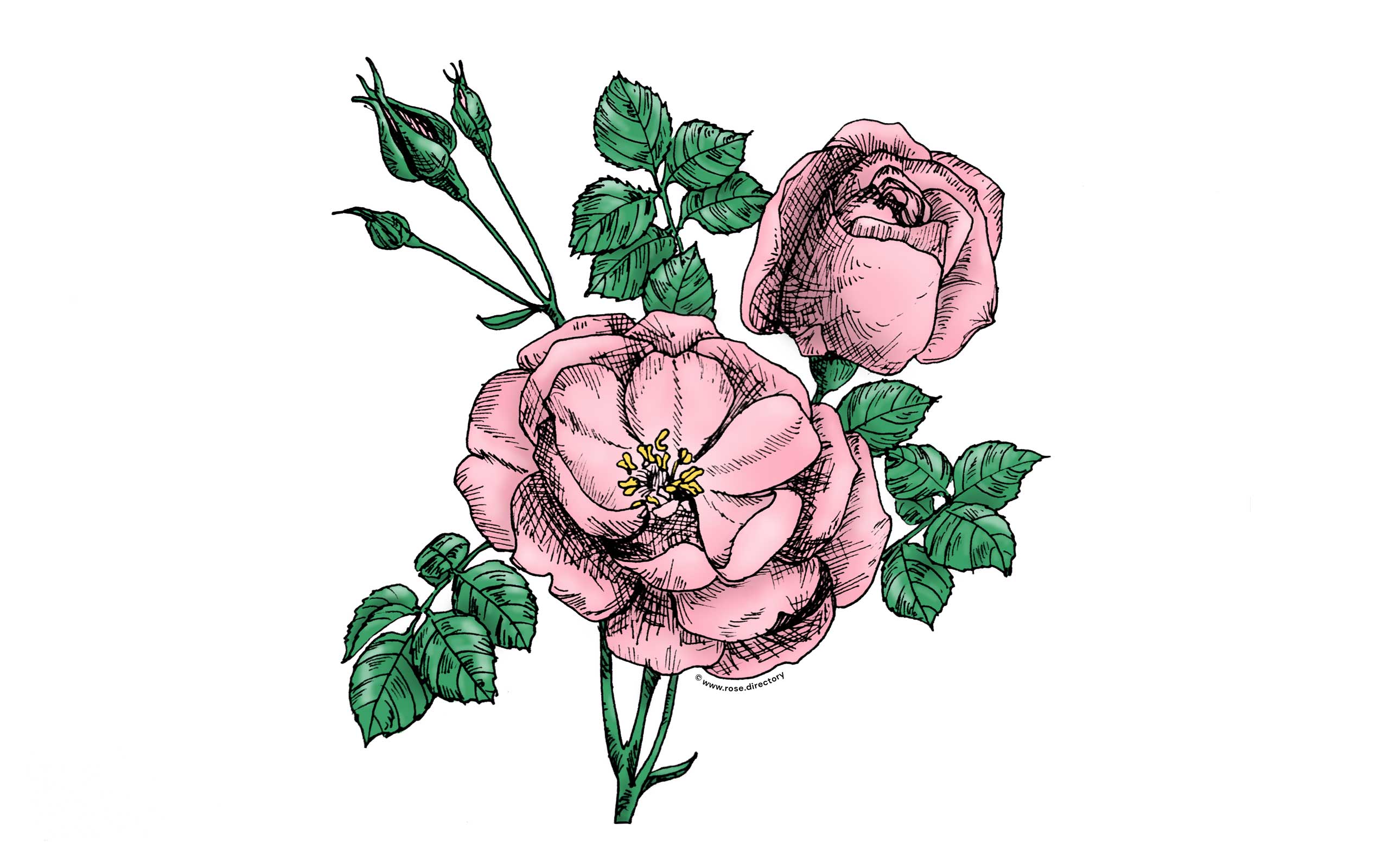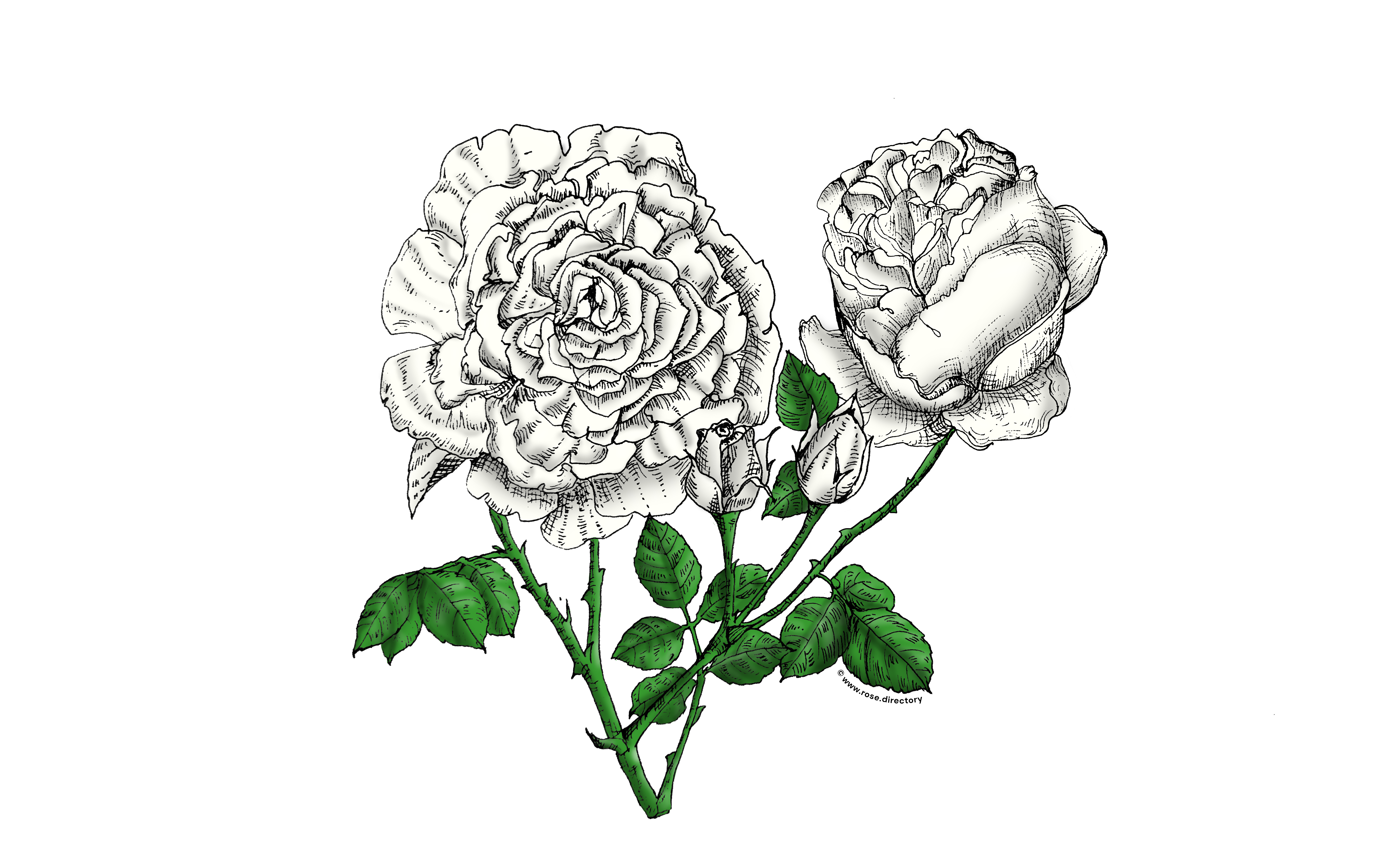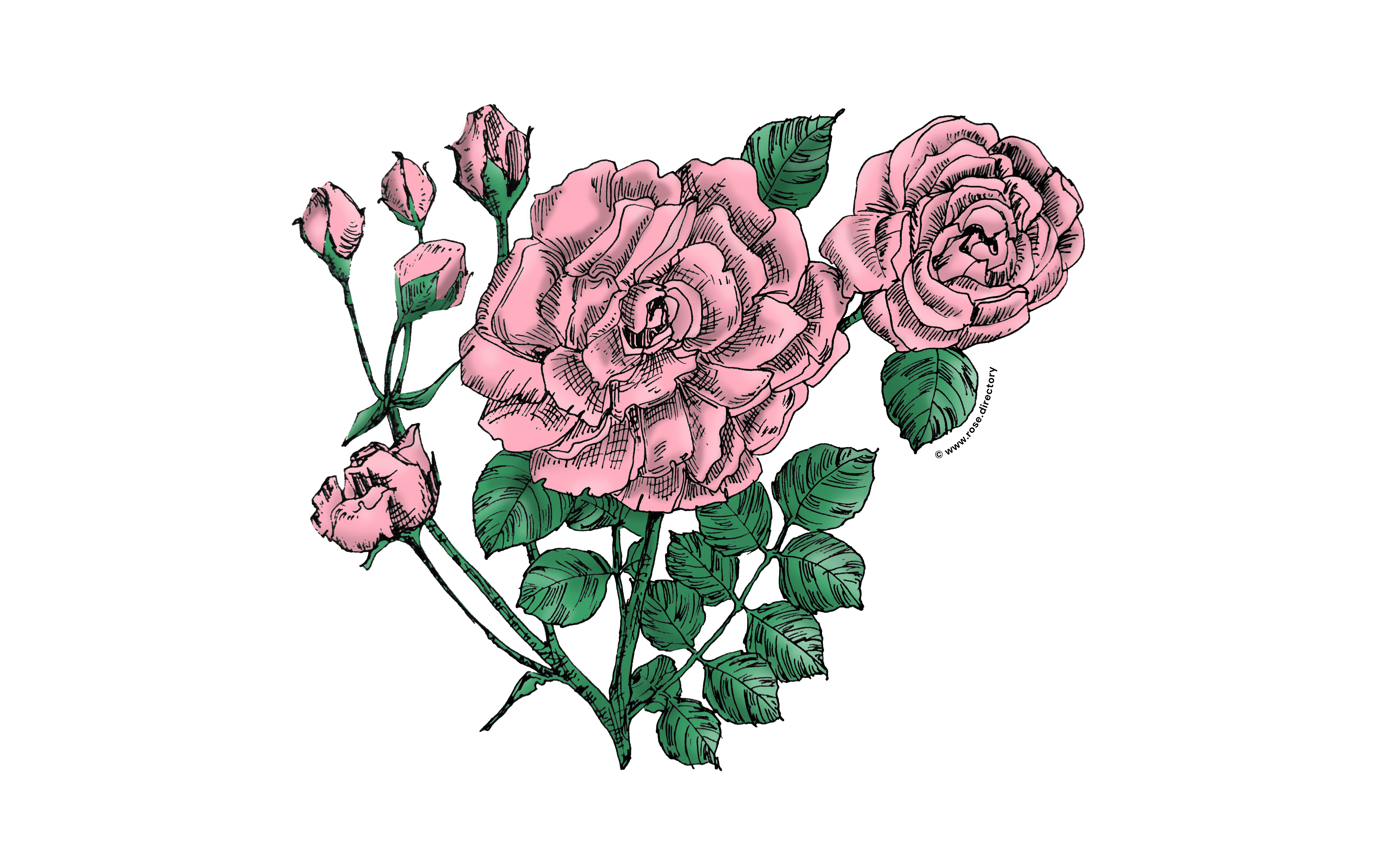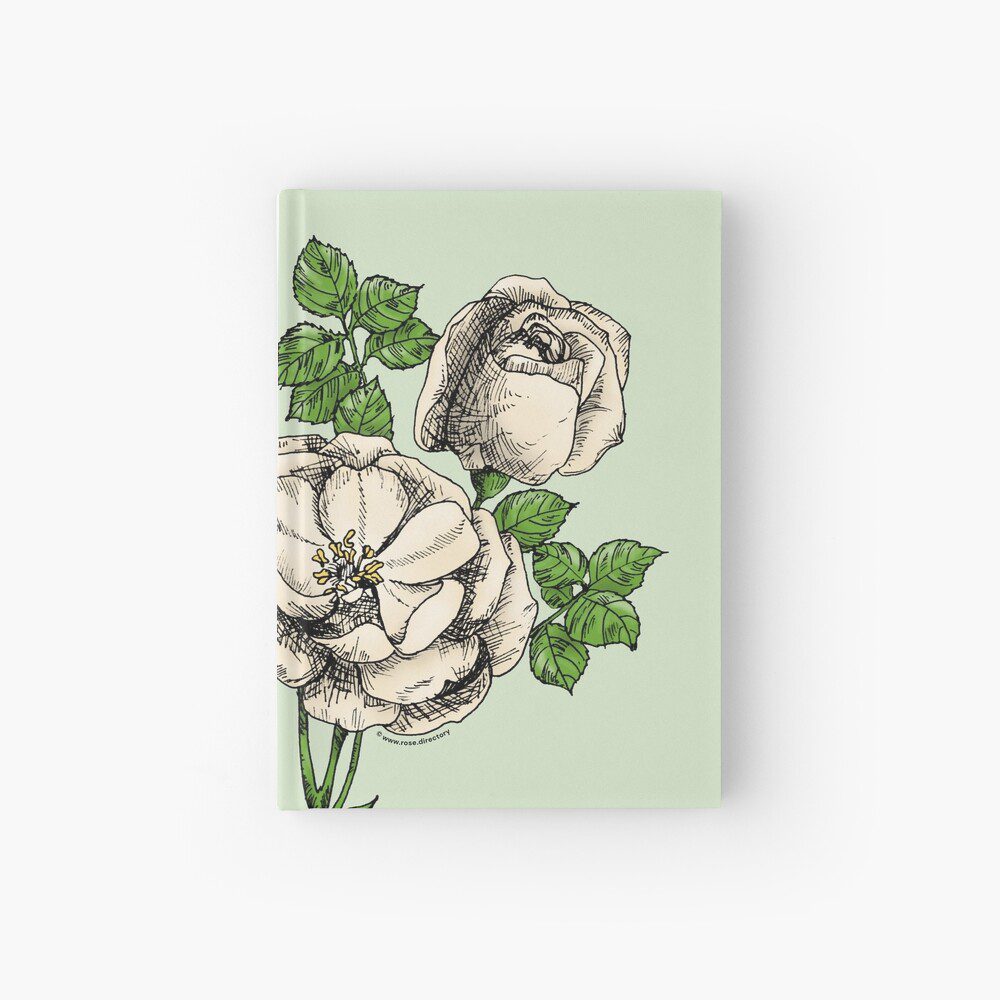Grandiflora (Gr) / Climbing Grandiflora (Cl Gr)
Grandiflora roses were first introduced in the 1950s as a new category of roses resulting from the crossbreeding of hybrid tea roses and floribunda roses. The term “Grandiflora” was coined by J. Horace McFarland, an American rose enthusiast and publisher, to describe the roses’ large, high-centered blooms and long stems, which make them excellent for cutting and displaying in arrangements. Some popular Grandiflora roses include ‘Queen Elizabeth’, introduced in 1954 by Dr. Walter Lammerts, and ‘Gold Medal’, introduced in 1982 by Samuel McGredy IV.
There are both climbing and shrub varieties of Grandiflora roses. Climbing Grandiflora roses, such as ‘Climbing Queen Elizabeth’, produce long, flexible canes that can be trained to grow on walls, trellises, and pergolas. They can grow up to 15 feet tall and produce large clusters of blooms throughout the growing season. Shrub Grandiflora roses, such as ‘Queen Elizabeth’, are typically more compact than their climbing counterparts, but still produce a profusion of large, high-centered blooms. They are perfect for use in mixed borders or as specimen plants.
Grandiflora roses come in a wide range of colors, from white to pink to yellow, and many have a strong fragrance. These roses require regular pruning to promote new growth and maintain their shape. With proper care, Grandiflora roses can provide many years of beauty and enjoyment in the garden.

